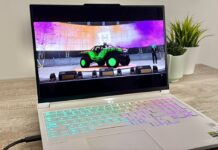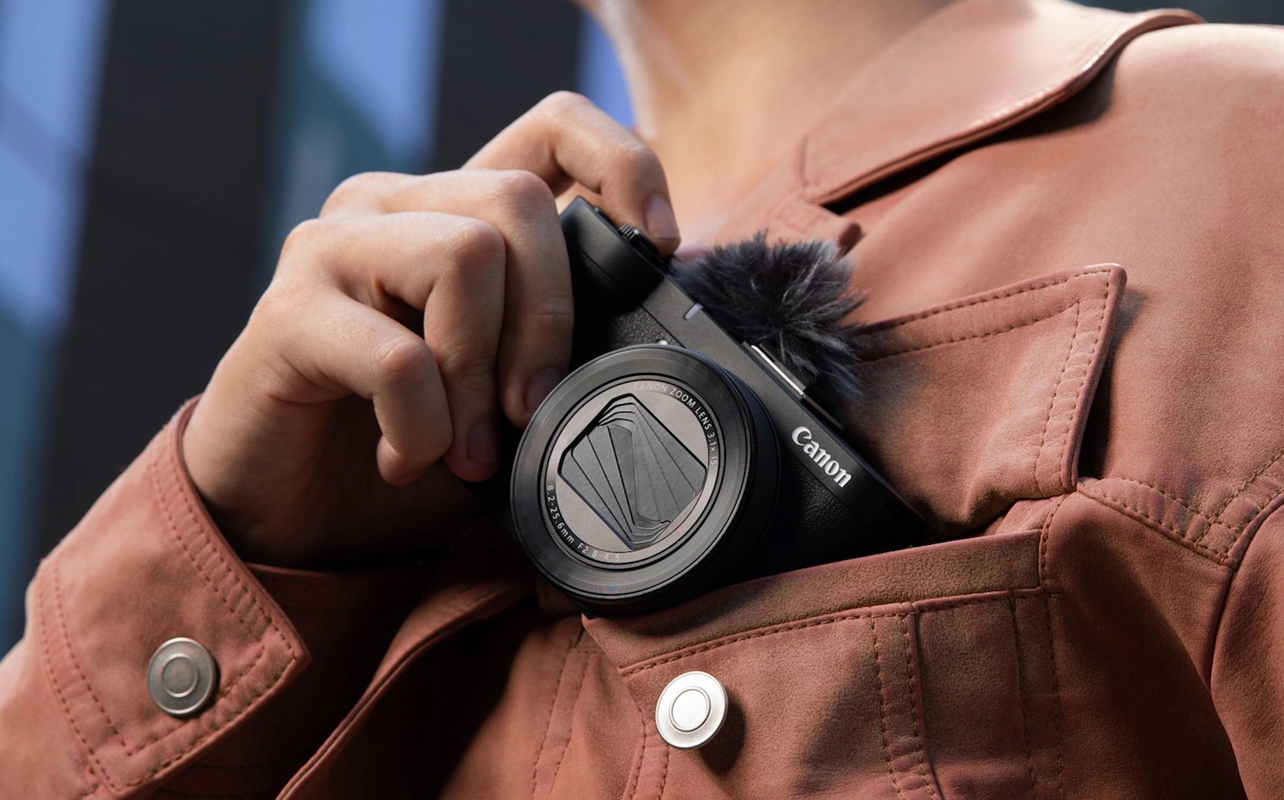
The Canon PowerShot V1 looks a lot like a compact point-and-shoot camera but is actually built to do much more for vlogging. It has an integrated lens rather than the interchangeable lens mounts other competitor vlogging cameras have, though offers a multitude of features.
While it is more than capable of capturing photos, some of those features cater more to video recording. Canon also clarifies that by noting the V1 is a “video first” model. Its smaller size is also more travel-friendly as it cuts out certain elements to reduce the overall footprint.
What to expect with the PowerShot V1
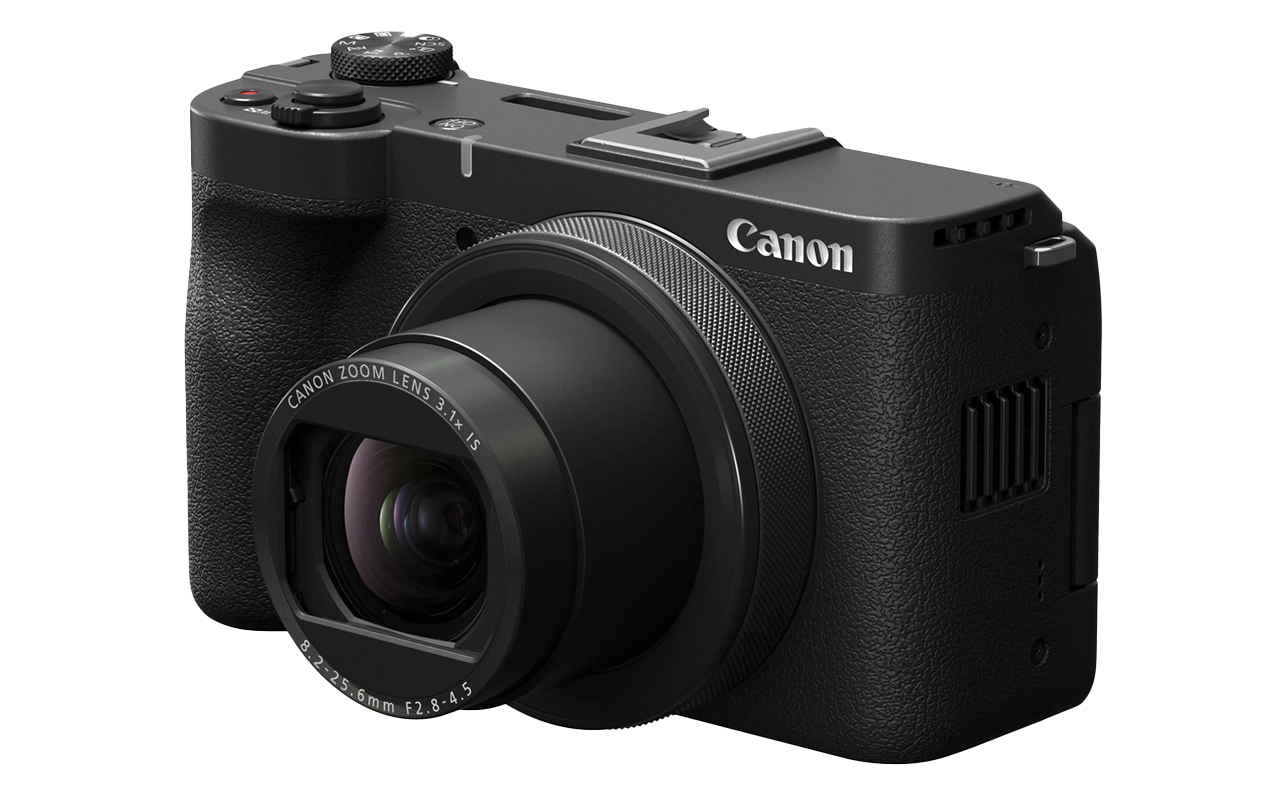
At 426 grams, the PowerShot V1 is fairly lightweight. Part of the reason is because it doesn’t have a viewfinder or flash, as well as the built-in lens taking up less weight than external ones likely would. The multifunction shoe is available to handle accessories you might want to mount on the camera, like a microphone or flashes. Note that it is a more modern 21-pin shoe, so it won’t support older 5-pin accessories.
The 22.3-megapixel Type 1.4 image sensor is larger than some similar vlogging cameras, which matters because while the V1 can record video in 4K at 60fps, it can only do so with a 1.4x crop factor. Shoot at 30fps and you get the full size of the sensor. However, it does crop if you use settings like auto horizon-levelling and digital image stabilization. There is support for Canon’s Log 3 video recording for those who want additional control editing footage later on compatible software programs.
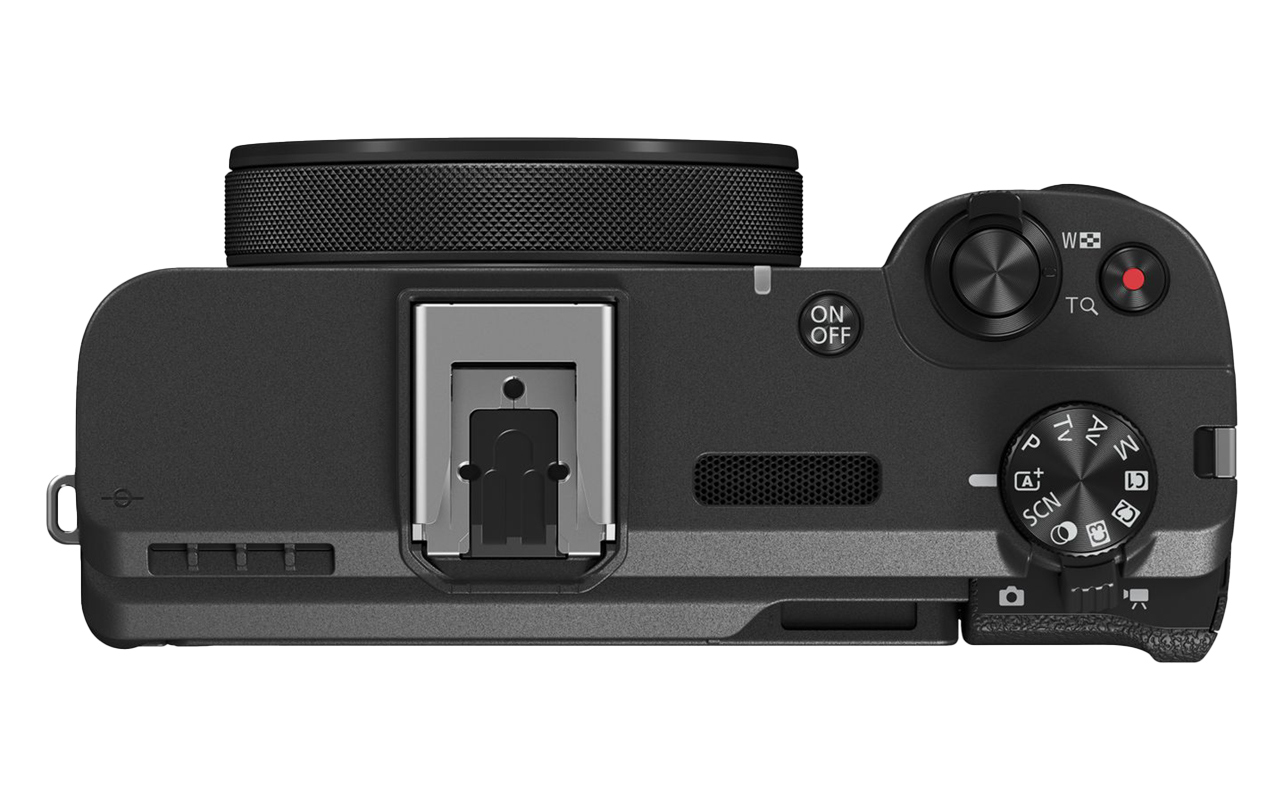
The 16-50mm lens offers a focal range that can appeal to video in several ways. It’s also a different lens in that Canon hasn’t used this wide an angle in a compact camera of this calibre before. The f/2.8 aperture cuts down to f/4 as you zoom in closer. Just as helpful is how quickly the camera can start up, taking only 1.5 seconds to be ready for photos or video. This way, you can capture something quickly or conserve battery life when running low.
Autofocus works with face and eye detection, all of which you can see in action when tilting and flipping the LCD screen. It articulates forward to enable selfies and works well when setting up a shot on a tripod.
Video and photo features
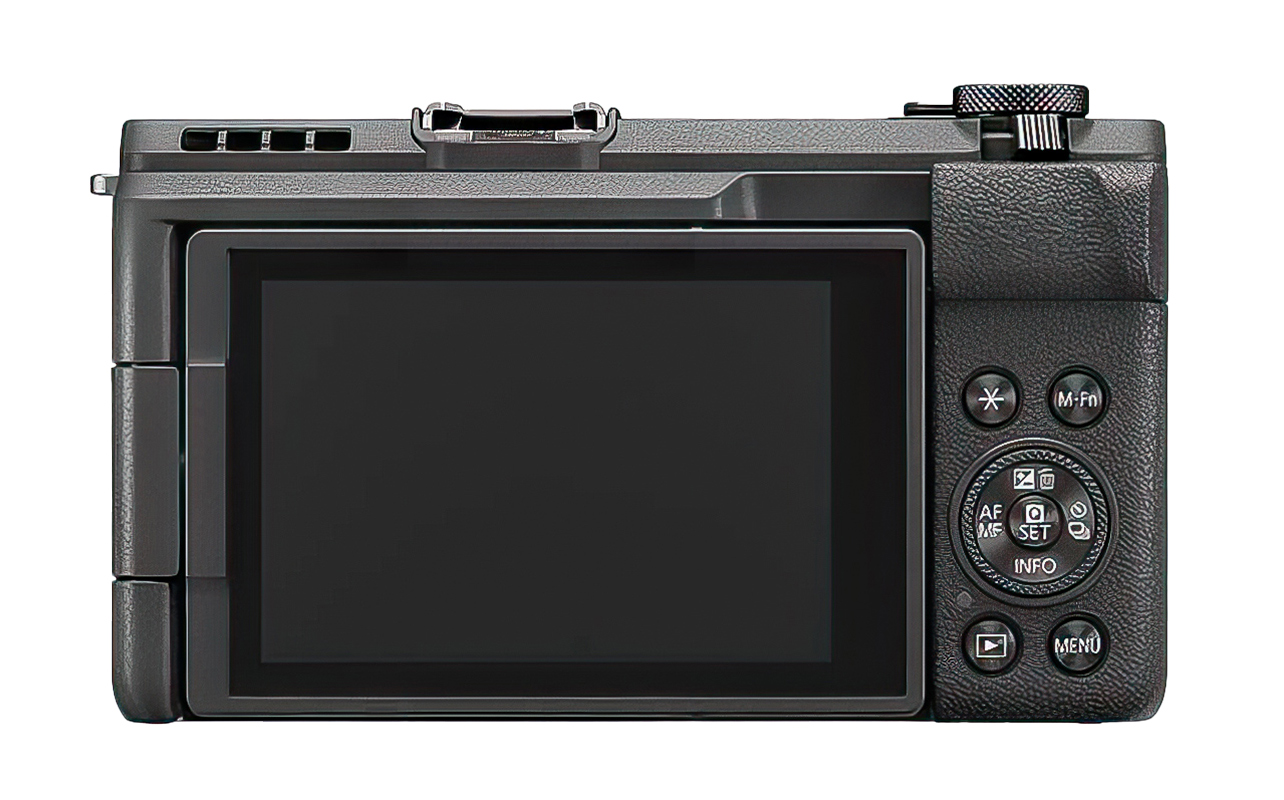
The autofocus system includes a dynamic cropping setup that utilizes the image stabilization to stay on a subject without losing the bokeh effect. It can also recognize other subjects, like people, animals, and vehicles, among others. With a headphone jack on board, you can also hear what the camera is recording while filming. The internal mic comes with a dead cat to muffle unwanted noises, though wireless and external mics will work just fine.
Canon integrates a fan into the PowerShot V1 to help keep the camera from overheating when recording video for longer periods. The company claims it can continuously record for up to 90 minutes at higher frame rates with the fan on. Those numbers vary with 4K at 60fps, falling under an hour regardless of whether it’s on or not.
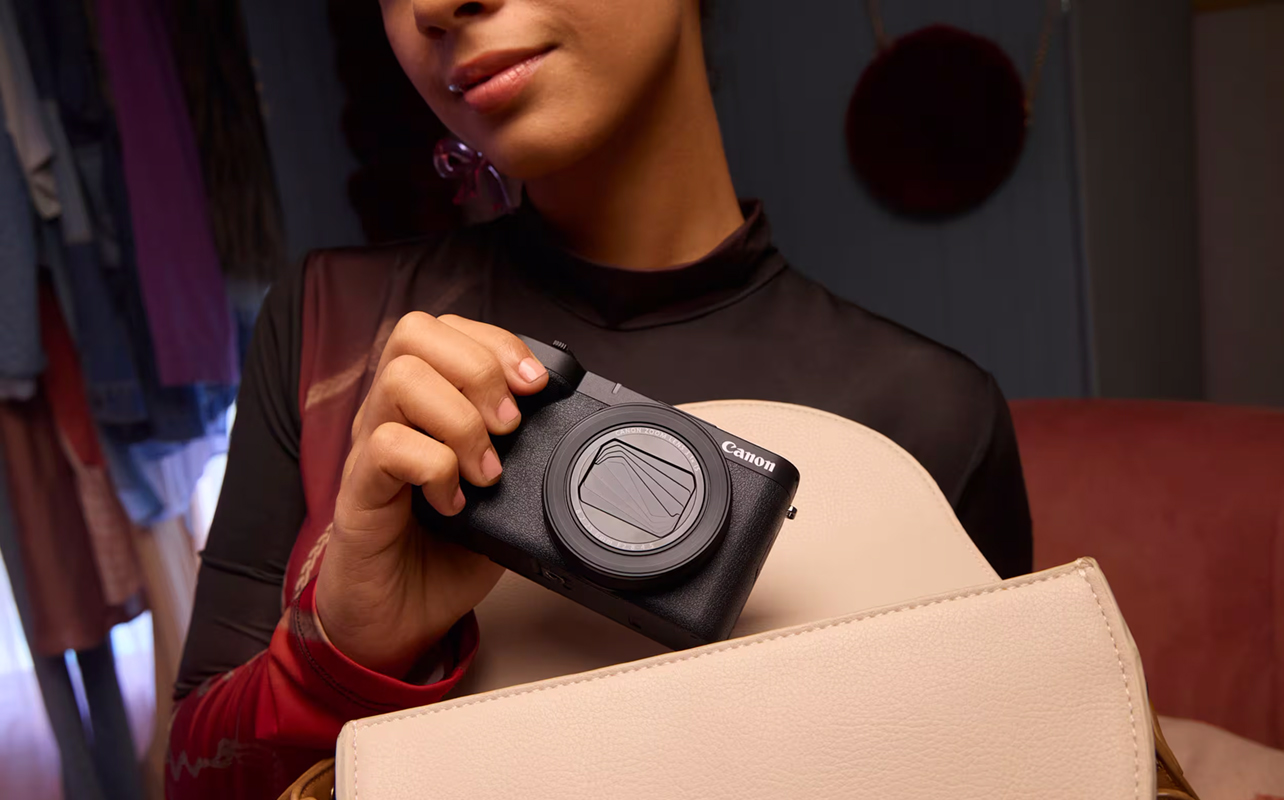
For streamers who want extra functionality, the V1 also works as a webcam when you connect it to a computer. It has USB-C and micro-HDMI ports to enable different ways to view or output photos and clips from the camera. If you prefer, you can also pair it with your phone via the Canon Connect app. That connection works either directly via USB or wireless via Wi-Fi or Bluetooth.
Canon doesn’t specify or approximate battery life but given the size of its battery, it may go as high as 300+ photos and an undisclosed duration of video. Since the PowerShot V1 doesn’t impose a video recording limit like other cameras sometimes do, you can pretty much keep on going until the memory card is full or you run out of battery.
Level up your vlogging
The Canon PowerShot V1 is available now at Best Buy. Check out other Canon cameras, including the PowerShot V10 for an alternative vlogging camera.





